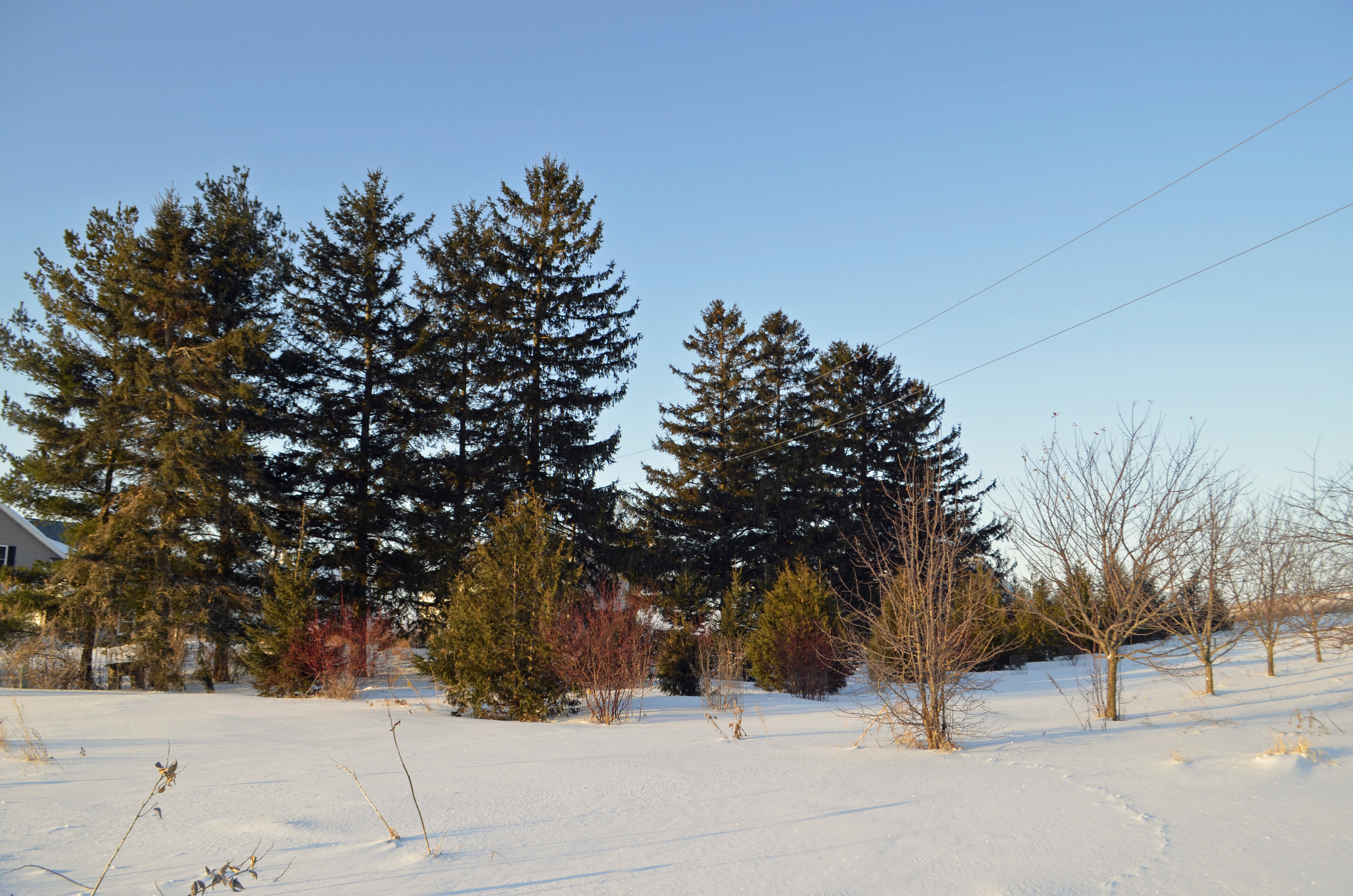Factors contributing to the higher species count and higher number of individuals included more diverse the habitat, the number and types of feeders, and the variety of seeds present. We find that the best seeds for us are black-oil sunflowers, medium sunflower chips, white millet, and suet. This year our sunflower chip feeders were new Wild Birds Unlimited Eco-clean feeders, which reduce disease transmission when birds congregate in high densities.
On Thursday afternoon, February 21, GBBC reports were still being entered but at that time, world-wide totals included 178,200 (160,000 in 2017) checklists, 6,293 (6,031) species, and 28,700, 000 (25,300,000) birds counted as part of the event. This is an impressive number that reflects the amount of people interested in birds, and more people participated this year than last. In Wisconsin, bird watchers submitted 2,454 (2,400) checklists and reported 115 (121) species.
Last year we had good numbers of common redpolls and pine siskins, which are very uncommon this year in southern Wisconsin. The eight turkeys at the Wildland cabin were feeding on sunflowers at the bird feeders and on apples in the orchard. The Goose Pond wildlife food plot of sorghum and sunflowers is helping 250 tree sparrows and 25 ring-necked pheasants make it through the winter.
Shelter is another critical need for birds in the winter. The Kampen Road residence contains an “old growth” Norway spruce windbreak and mature pines, and spruces on the neighbor’s land at the Martin’s cabin provide birds with ideal winter roosting cover. Nine years ago at the Kampen Road residence we planted Norway spruce, white cedar, red osier dogwoods, apples and crab apples. These plantings offer additional cover and also serve as a windbreak.

















